Have you ever wondered how a single project could reshape an entire movement? The Voron project has done just that for DIY 3D printing. It’s not just about building machines; it’s about creating a 3D printing revolution that thrives on innovation and collaboration. The community behind this project has redefined what’s possible for makers like you. They’ve set new benchmarks for performance, reliability, and usability, making DIY printers more accessible than ever before. This isn’t just a movement—it’s a testament to what people can achieve when they share knowledge and push boundaries together.
Key Takeaways
- The Voron project changes DIY 3D printing by making it faster, more reliable, and easier for everyone.
- Teamwork is key in the Voron group. Members share ideas and fix problems together, making it better for all.
- Free resources, like step-by-step guides and design plans, help anyone build a Voron printer, even beginners.
- Cool features like auto bed leveling and high-heat printing make Voron printers special and give great results.
- Voron's success inspires other open-source projects. It shows that working together and sharing ideas can create amazing things.
Understanding the Voron Project
Origins and Philosophy
The Voron project started with a simple yet ambitious goal: to create a high-performance, reliable, and accessible 3D printer that anyone could build. It wasn’t just about making another machine. It was about rethinking how DIY 3D printing could work for you. The founder, Oren Eini, drew inspiration from various storage engines like LevelDB, CouchDB, and LMDB. These systems helped shape the project’s foundation, focusing on speed and efficiency.
The development of Voron was significantly influenced by various storage engines such as LevelDB, CouchDB, and LMDB. The founder, Oren Eini, noted that examining these different solutions helped shape Voron into a high-performance storage engine capable of handling millions of queries per second.
This philosophy of learning from existing solutions and improving upon them became the backbone of the Voron project. It’s why the designs are so innovative and why the community continues to push boundaries. You’re not just building a printer; you’re joining a movement that values progress and creativity.
Core Values Driving the Community
At the heart of the Voron project lies a set of core values that guide everything the community does. Collaboration is key. Makers from all over the world come together to share ideas, solve problems, and improve designs. This isn’t a one-person show—it’s a collective effort where your input matters.
Another core value is accessibility. The Voron project ensures that its designs and resources are open to everyone. Whether you’re a seasoned maker or just starting out, you’ll find detailed guides, open-source files, and a supportive community ready to help.
Finally, there’s a commitment to quality. Every design is tested and refined to ensure it meets the highest standards. This focus on reliability means you can trust your Voron printer to deliver exceptional results every time.
By embracing these values, the Voron community has created more than just an open-source 3D printer. They’ve built a platform where you can learn, experiment, and grow as a maker.
Innovations in DIY 3D Printing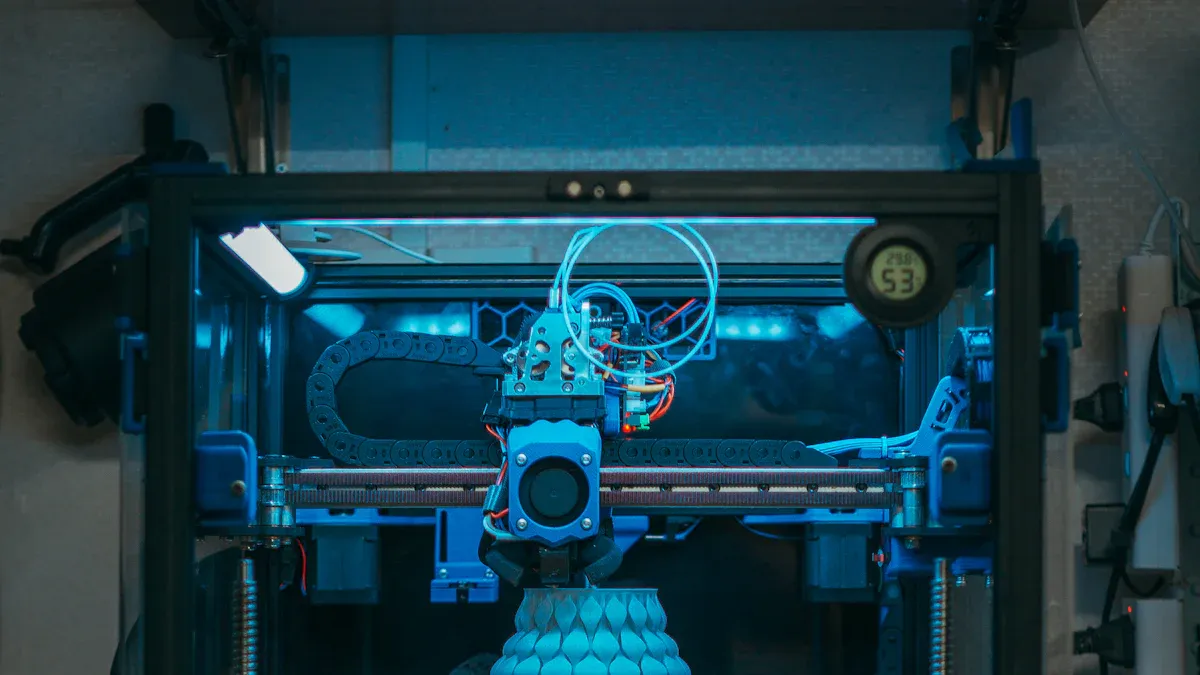
High-Performance Printer Designs
When it comes to high-performance 3D printers, the Voron design stands out as a game-changer. These printers are built with precision and speed in mind, making them ideal for complex projects that demand accuracy. Thanks to the CoreXY system, which minimizes moving mass, you get faster prints without sacrificing quality. The enclosed build chamber also ensures a stable environment, allowing you to work with high-temperature materials like ABS and Nylon.
Here’s what makes the Voron design so impressive:
- Precision: Perfect for detailed and intricate 3D prints.
- Speed: Designed for high-speed printing, so you can complete projects faster.
- Temperature Capability: Extruders can reach up to 300°C, expanding your material options.
- Material Range: Handles advanced materials like ABS, Nylon, and more.
Whether you're building a prototype or crafting a functional part, the Voron design ensures you achieve exceptional print quality every time. It’s not just about speed; it’s about delivering reliable results that meet your expectations.
Open-Source Contributions
The Voron project thrives on its open-source philosophy, and this has led to groundbreaking advancements in DIY 3D printing. By sharing designs, guides, and innovations freely, the community has created a ripple effect across the industry. Features like automatic skew axis calibration and sensorless homing, once considered advanced, are now standard in many open-source 3D printers.
Take a look at some of the notable contributions from the Voron community:
|
Contribution |
Description |
|---|---|
|
Voron 0.2r1 |
A compact model showcasing community-driven design and innovation. |
|
PCB Heatbeds |
Improved heat distribution for consistent printing results. |
|
Removable Print Sheets |
Simplifies the removal of finished prints, saving you time and effort. |
|
Automatic Mesh Bed Leveling |
Ensures a perfectly leveled bed for every print. |
These innovations highlight the power of collaboration. When makers like you contribute ideas and improvements, the entire community benefits. The Voron project proves that open-source development isn’t just about sharing—it’s about pushing the boundaries of what’s possible.
Reliability and Usability for Makers
If you’ve ever struggled with unreliable printers, you’ll appreciate the rock-solid design of Voron machines. Users consistently praise their reliability, noting that these printers handle complex movements without stuttering. The mechanical design minimizes failures, so you can focus on creating instead of troubleshooting.
Here’s what users love about the Voron design:
- Faster Prints: Achieve speeds 50–100% faster than many other models.
- High-Quality Results: Get excellent print quality with minimal tuning.
- Durability: The robust build ensures consistent performance over time.
While some users mention minor assembly challenges or the lack of a filament runout sensor, these are small trade-offs for the overall performance. With detailed guides and a supportive community, you’ll find it easier to overcome these hurdles. The Voron design empowers you to take on ambitious projects with confidence, knowing your printer won’t let you down.
The Role of Community in Driving Progress
Collaborative Problem-Solving
Imagine being part of a group where every challenge becomes an opportunity to innovate. That’s exactly what the Voron community offers. Community members work together to tackle problems, whether it’s improving printer designs or troubleshooting maintenance and tuning issues. You’ll find forums, Discord channels, and GitHub repositories buzzing with activity as makers share their insights and solutions.
This collaborative spirit means you’re never alone in your DIY journey. Got a tricky build issue? Someone’s probably faced it before and shared their fix. Struggling with maintenance? The community has detailed guides and tips to help you out. By pooling knowledge, community members ensure that everyone can build better printers and achieve outstanding results.
Knowledge Sharing and Resources
The Voron project thrives because of its commitment to sharing knowledge. You’ll find an abundance of resources, from detailed assembly manuals to open-source files, all designed to make your build process smoother. Platforms like GitHub host these resources, making them accessible to anyone who wants to dive into DIY 3D printing.
But it’s not just about technical guides. Community members also share their experiences, offering advice on maintenance and tuning to keep your printer running like a dream. This collective effort reduces the learning curve for newcomers and empowers you to take on ambitious projects with confidence.
Tip: Don’t hesitate to explore forums and social media groups dedicated to the Voron project. They’re goldmines of information and inspiration for makers like you.
Encouraging Experimentation and Creativity
The Voron community doesn’t just solve problems—it sparks creativity. Open-source designs make it easy for you to experiment and contribute to the collective knowledge. Projects like RepRap and MakerBot show how collaboration drives innovation, and platforms like Thingiverse and GitHub accelerate this process by enabling you to share your ideas and designs.
Here are some standout examples of creative projects:
- The DrawBot project on Thingiverse demonstrates how teamwork can overcome challenges in open-source hardware.
- An open-source 3D printed simulator for lumbar durotomy repair showcases practical applications of 3D printing in medicine.
These projects highlight the endless possibilities when you combine experimentation with collaboration. Whether you’re tweaking a design or creating something entirely new, the Voron community encourages you to push boundaries and explore what’s possible.
Transforming the DIY 3D Printing Landscape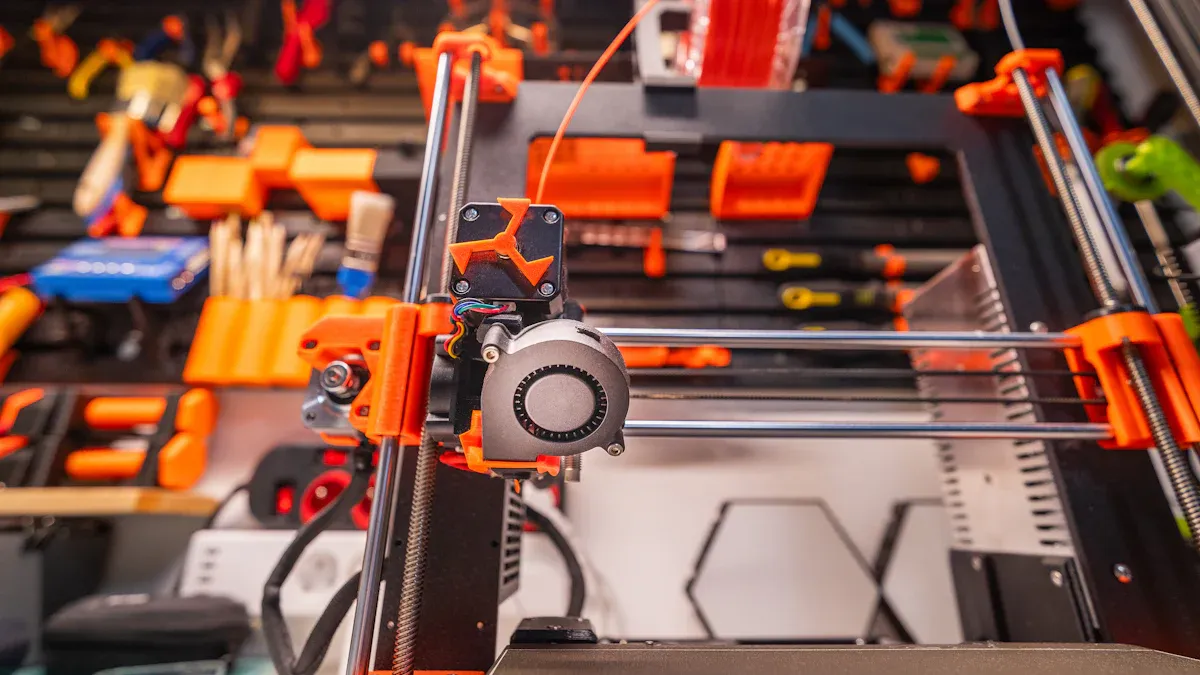
Setting New Standards for DIY Printers
The Voron design has completely redefined what you can expect from DIY 3D printers. It’s not just about creating a machine—it’s about setting a new benchmark for performance, precision, and reliability. Whether you’re a hobbyist or a professional, these printers deliver results that rival commercial models, all while giving you the satisfaction of building it yourself.
Here’s what makes the Voron design a standout:
- Precision and Speed: The CoreXY kinematic system ensures smooth, fast movements without compromising accuracy.
- Temperature Capability: With extruders reaching up to 300°C, you can work with a wide range of materials, including ABS and Nylon.
- Reliability: Features like automatic bed leveling and an enclosed build chamber create a stable environment for consistent results.
- Generous Build Volume: The 350 x 350 x 400 mm space lets you tackle complex 3D printing projects with ease.
These features don’t just improve print quality—they make the entire process more enjoyable. You’ll spend less time troubleshooting and more time creating. Plus, the active community ensures continuous improvements, so your printer evolves alongside your skills.
Did you know? The Voron design’s print quality often surpasses that of commercial printers, proving that DIY doesn’t mean compromising on quality.
Empowering Makers Through Accessibility
The Voron project isn’t just about high-performance machines. It’s about making advanced 3D printing accessible to everyone, regardless of your experience or budget. Open-source designs and detailed guides mean you can build your own 3D printer without feeling overwhelmed. And with the community’s support, you’ll never feel stuck.
Here’s how the Voron project empowers you:
- Open-Source Resources: Everything from design files to video build guides is freely available.
- Community Support: Makers worldwide share tips, modifications, and even replacement parts to keep your printer running smoothly.
- Budget-Friendly Options: By sourcing your own components, you can tailor the build to fit your budget.
This accessibility has turned the Voron project into a global movement. It’s not just about building a printer—it’s about joining a community that values creativity and collaboration. Whether you’re working on 3D printed parts for a hobby or tackling professional-grade 3D printing projects, the Voron design gives you the tools to succeed.
Tip: If you’re new to DIY 3D printing, start with the Voron 0.2r1. Its compact design and straightforward assembly make it perfect for beginners.
Inspiring Other Open-Source Projects
The success of the Voron project has sparked a wave of innovation across the open-source community. By proving that collaboration and accessibility can lead to groundbreaking designs, it has inspired countless other projects to follow suit. Makers now see the value in sharing their work, knowing it can lead to something greater.
Here are some ways the Voron project has influenced the DIY world:
- Encouraging Collaboration: The active community shows how teamwork can solve complex problems and improve designs.
- Driving Innovation: Features like automatic bed leveling and sensorless homing have become standard in many open-source printers.
- Expanding Possibilities: The project’s focus on customization has inspired makers to push the boundaries of what’s possible with 3D printing.
This ripple effect isn’t just limited to 3D printing. The principles of open-source collaboration are now being applied to other fields, from robotics to medical devices. By building on the Voron design’s success, makers everywhere are proving that DIY doesn’t just mean doing it yourself—it means doing it together.
Callout: The Voron project’s legacy isn’t just about printers. It’s about empowering you to dream bigger, build smarter, and share your success with the world.
The Voron community has completely reshaped DIY 3D printing. By combining innovation, collaboration, and accessibility, it’s made high-performance 3D printing achievable for everyone. You’re not just building a printer—you’re joining a movement that values creativity and shared knowledge.
Note: The Voron project proves that when makers work together, they can achieve incredible things.
Its legacy inspires countless creators worldwide, showing that open-source collaboration isn’t just about technology—it’s about empowering you to dream bigger and build smarter. The future of 3D printing is in your hands.
FAQ
What makes Voron printers different from other DIY 3D printers?
Voron printers focus on precision, speed, and reliability. Their CoreXY design ensures smooth movements, while the enclosed build chamber supports high-temperature materials. You’ll also benefit from open-source resources and a supportive community that helps you build and improve your printer.
Can beginners build a Voron printer?
Absolutely! The Voron community provides detailed guides and video tutorials to help you through every step. Start with the Voron 0.2r1 model—it’s compact and beginner-friendly. Plus, the community is always ready to answer your questions if you get stuck.
How much does it cost to build a Voron printer?
The cost depends on the model and components you choose. On average, you can expect to spend $500–$1,500. By sourcing parts yourself, you can tailor the build to fit your budget without compromising quality.
Do I need special tools to assemble a Voron printer?
You’ll need basic tools like screwdrivers, hex keys, and a soldering iron. Some models may require additional tools, but the assembly guides list everything you’ll need. If you’re missing something, the community often suggests alternatives.
Where can I find support during the build process?
The Voron community is your best resource. Join forums, Discord channels, or social media groups to connect with other makers. You’ll find troubleshooting tips, build advice, and even replacement parts shared by experienced members.

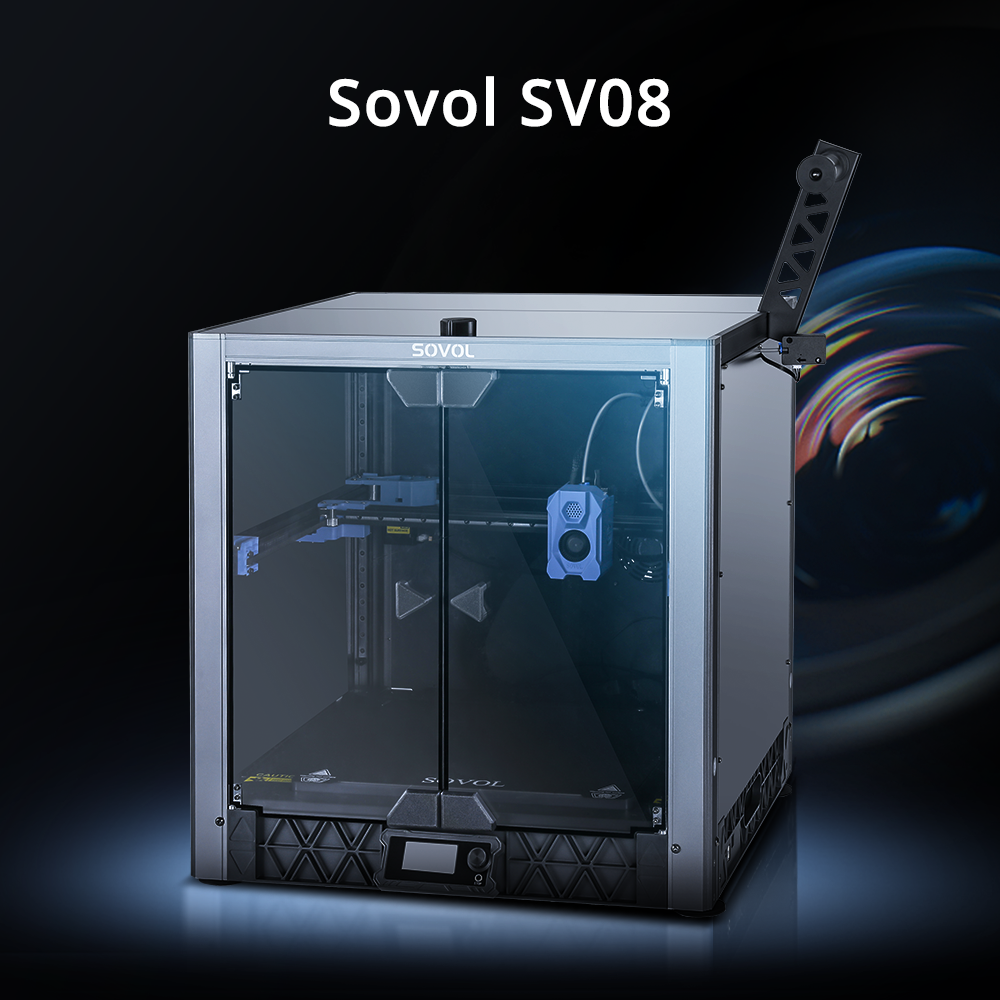
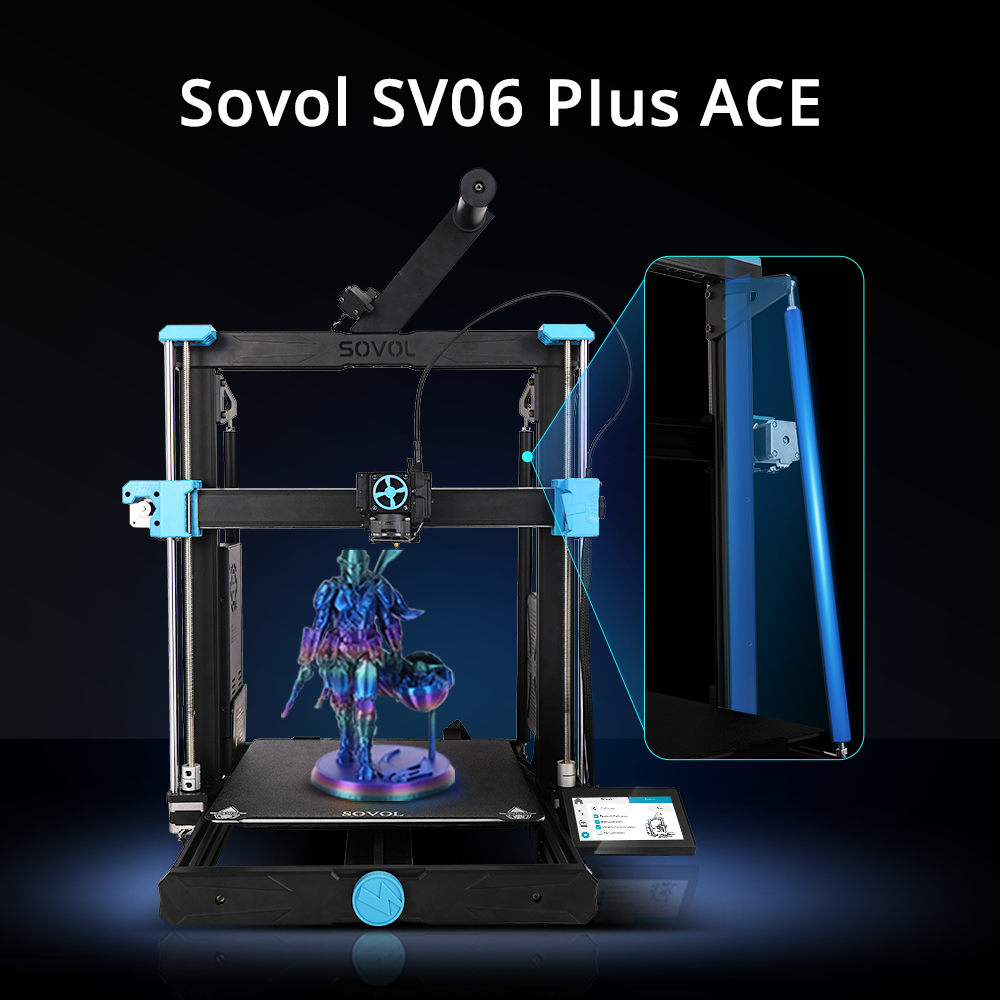
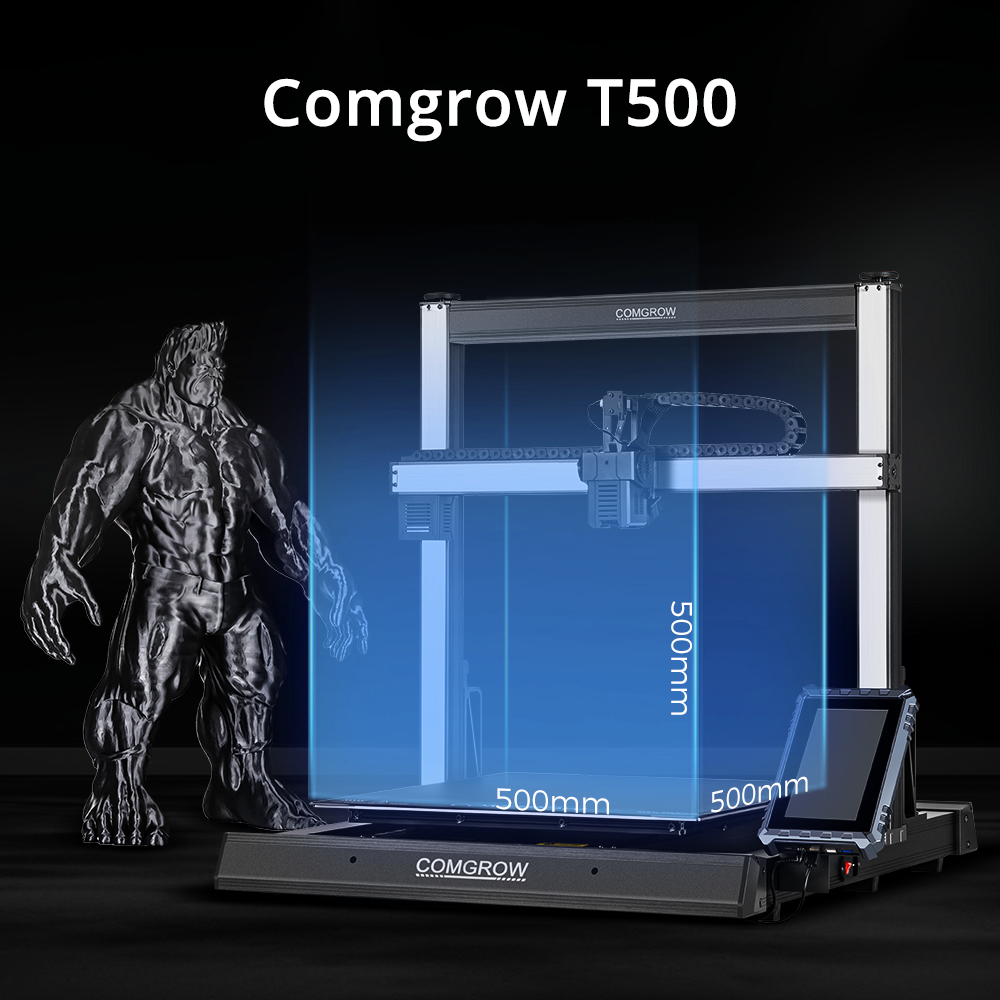


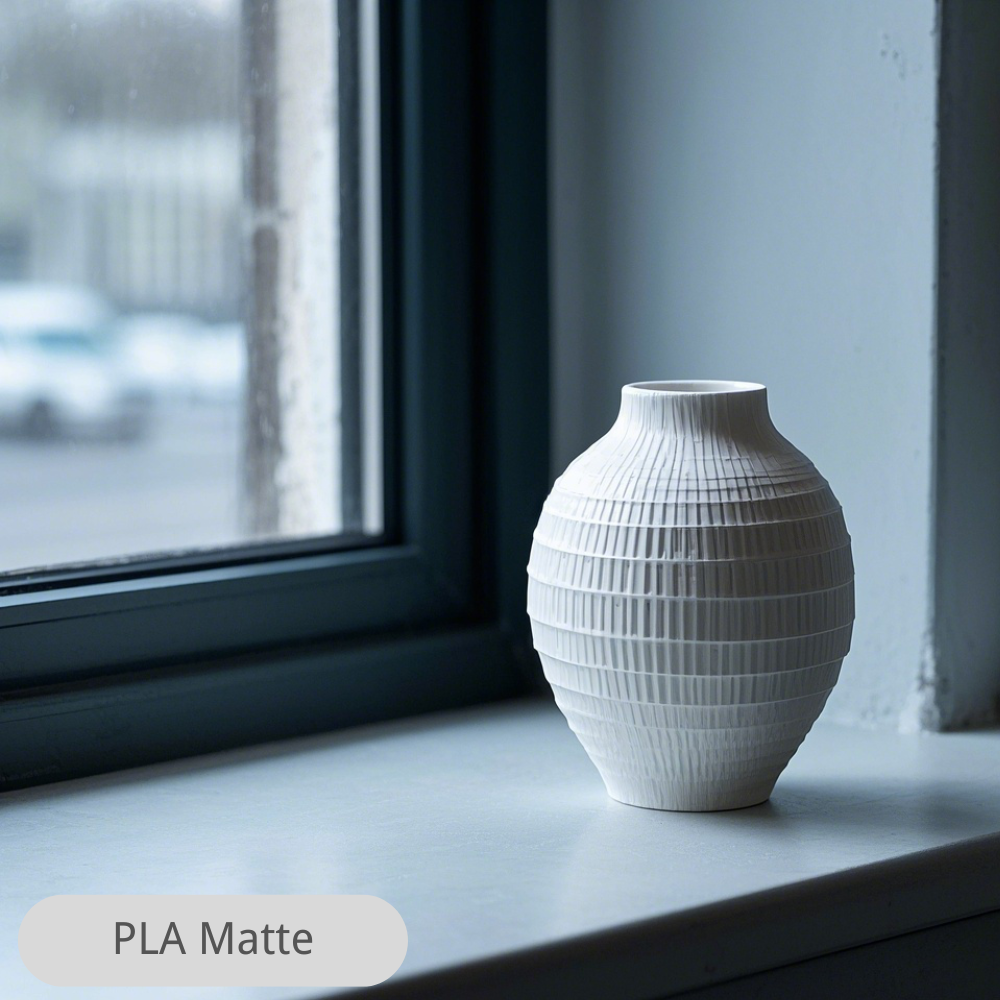
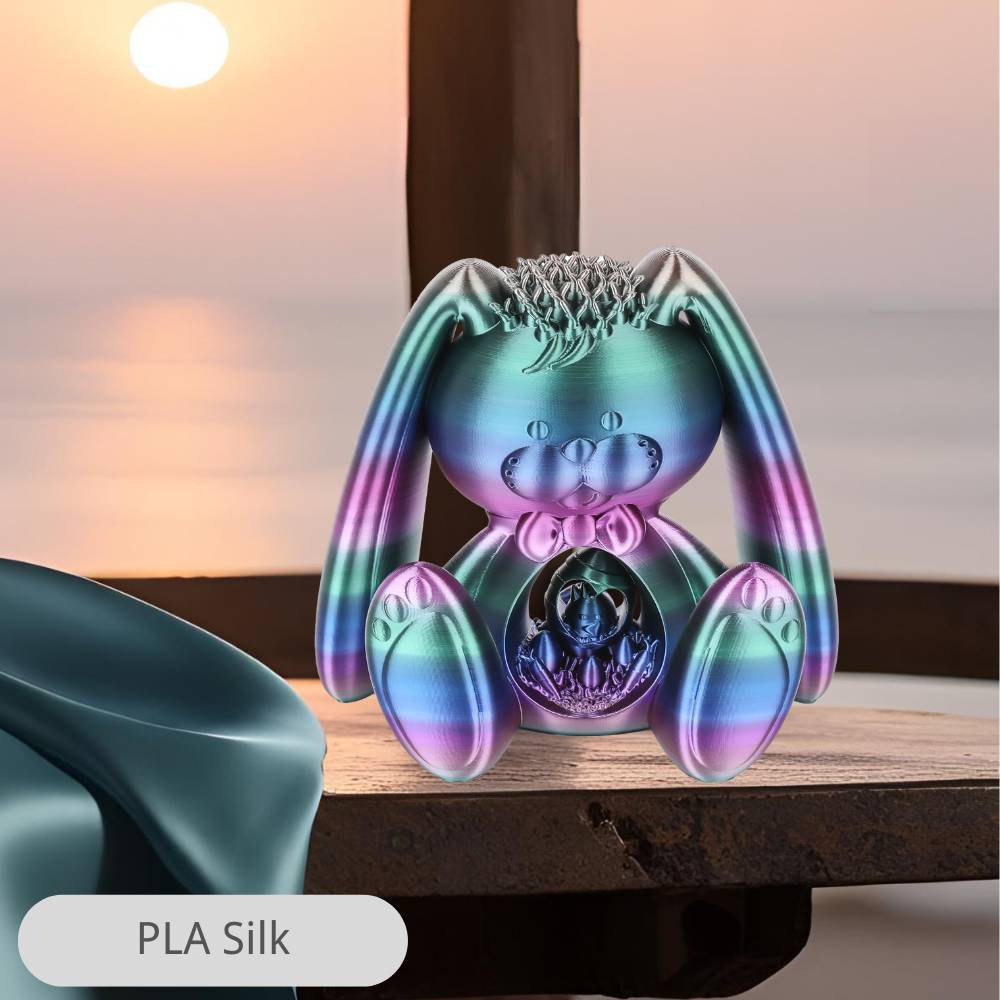
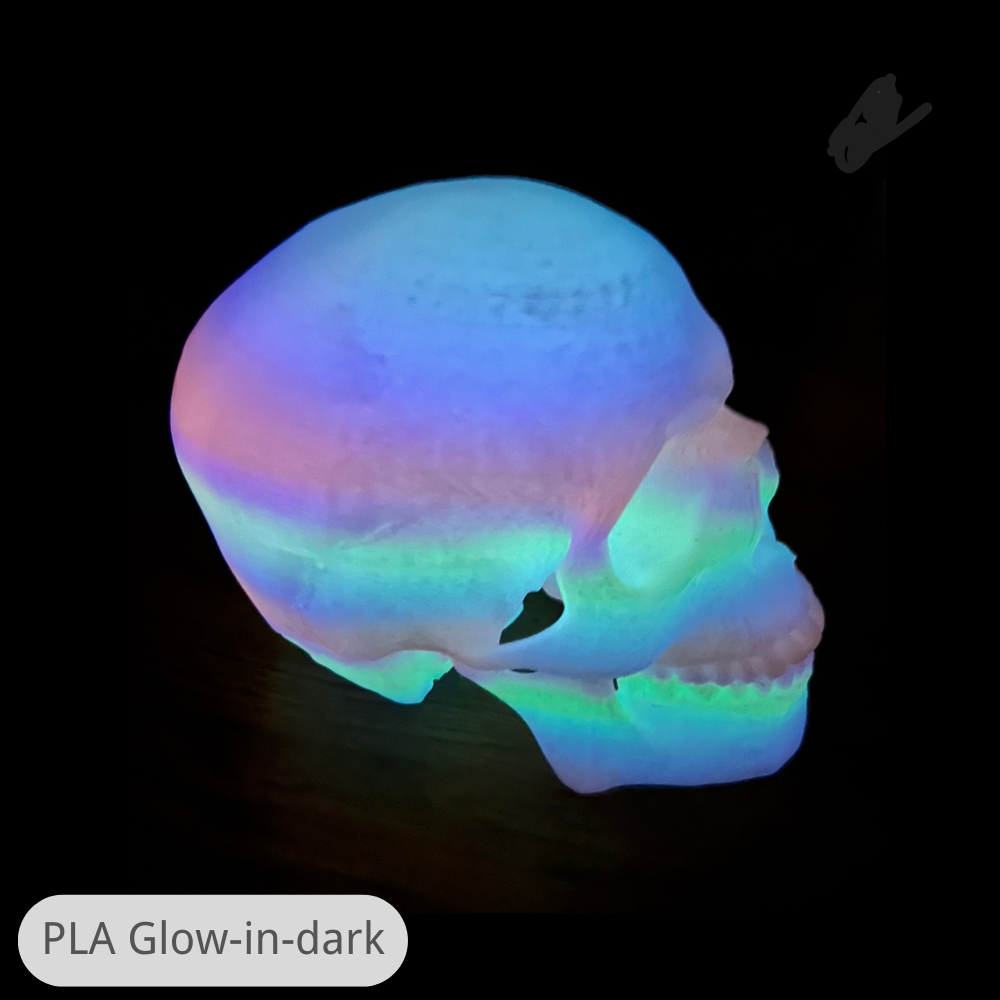
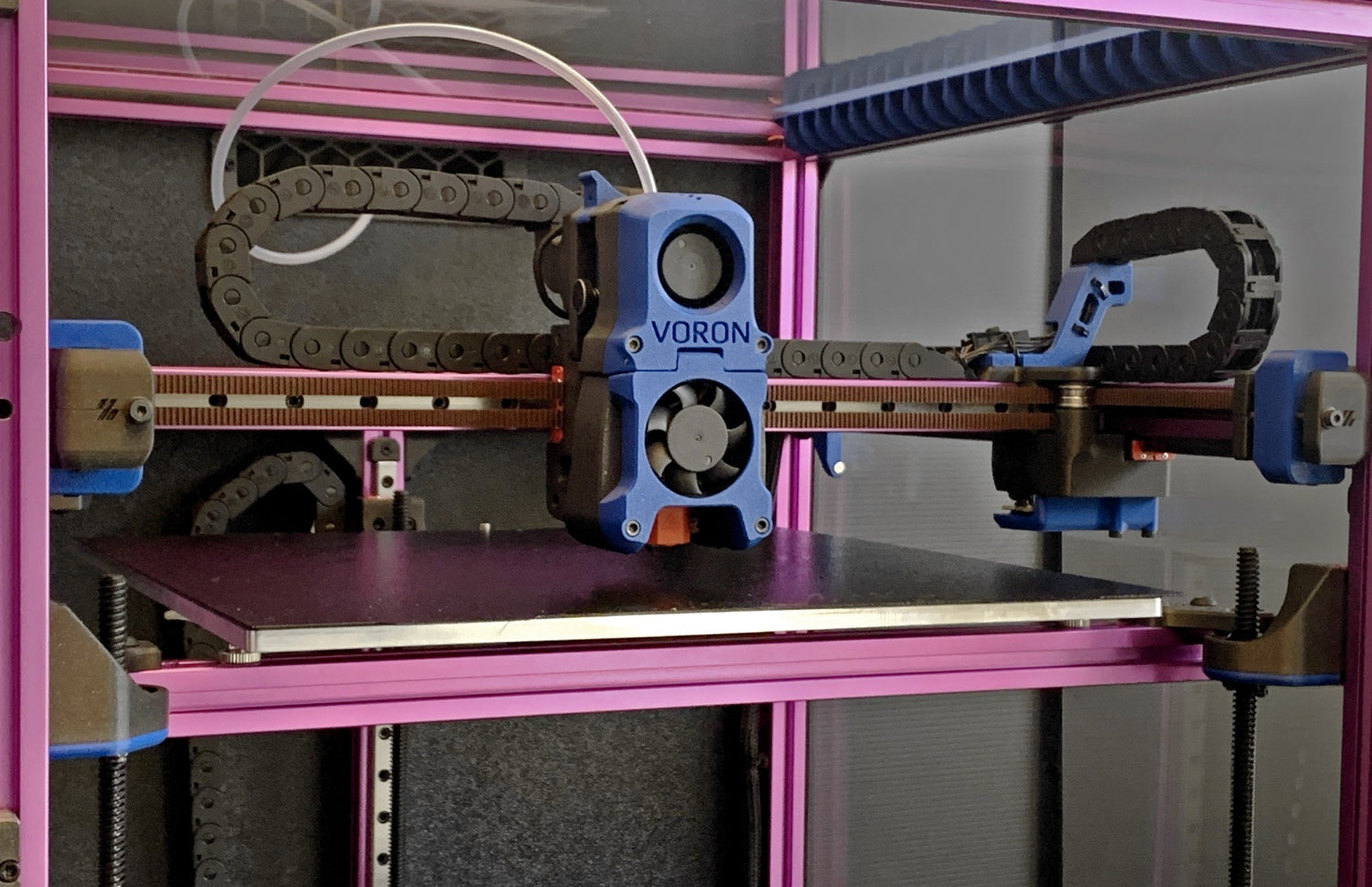
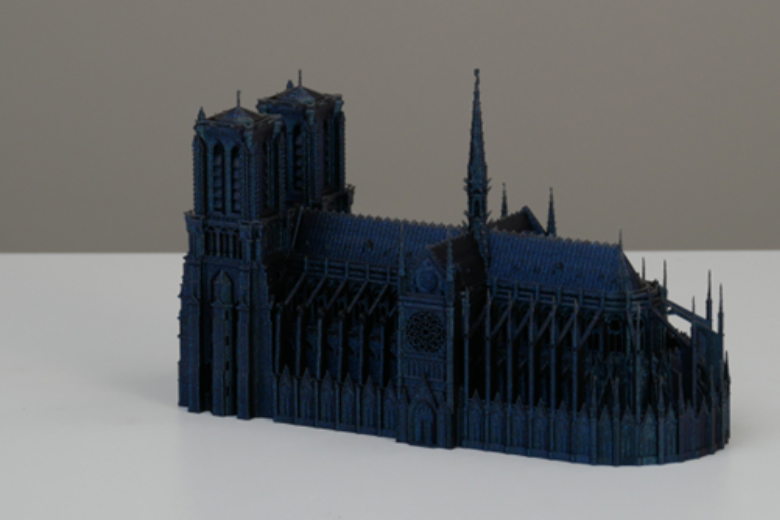
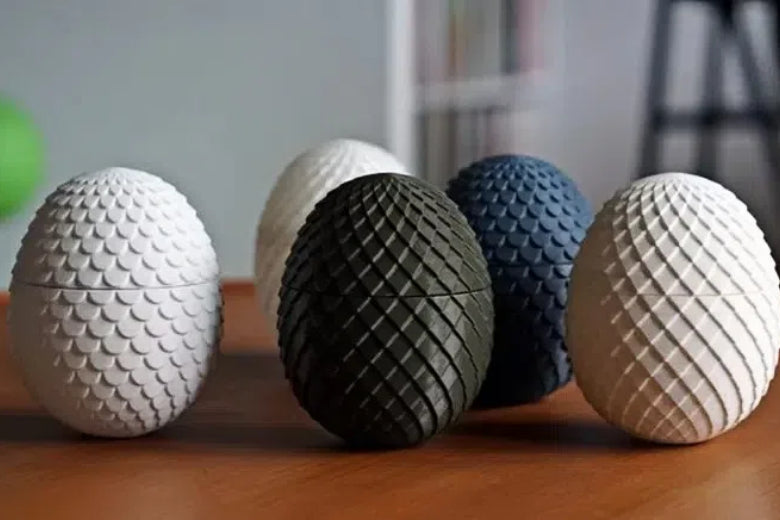
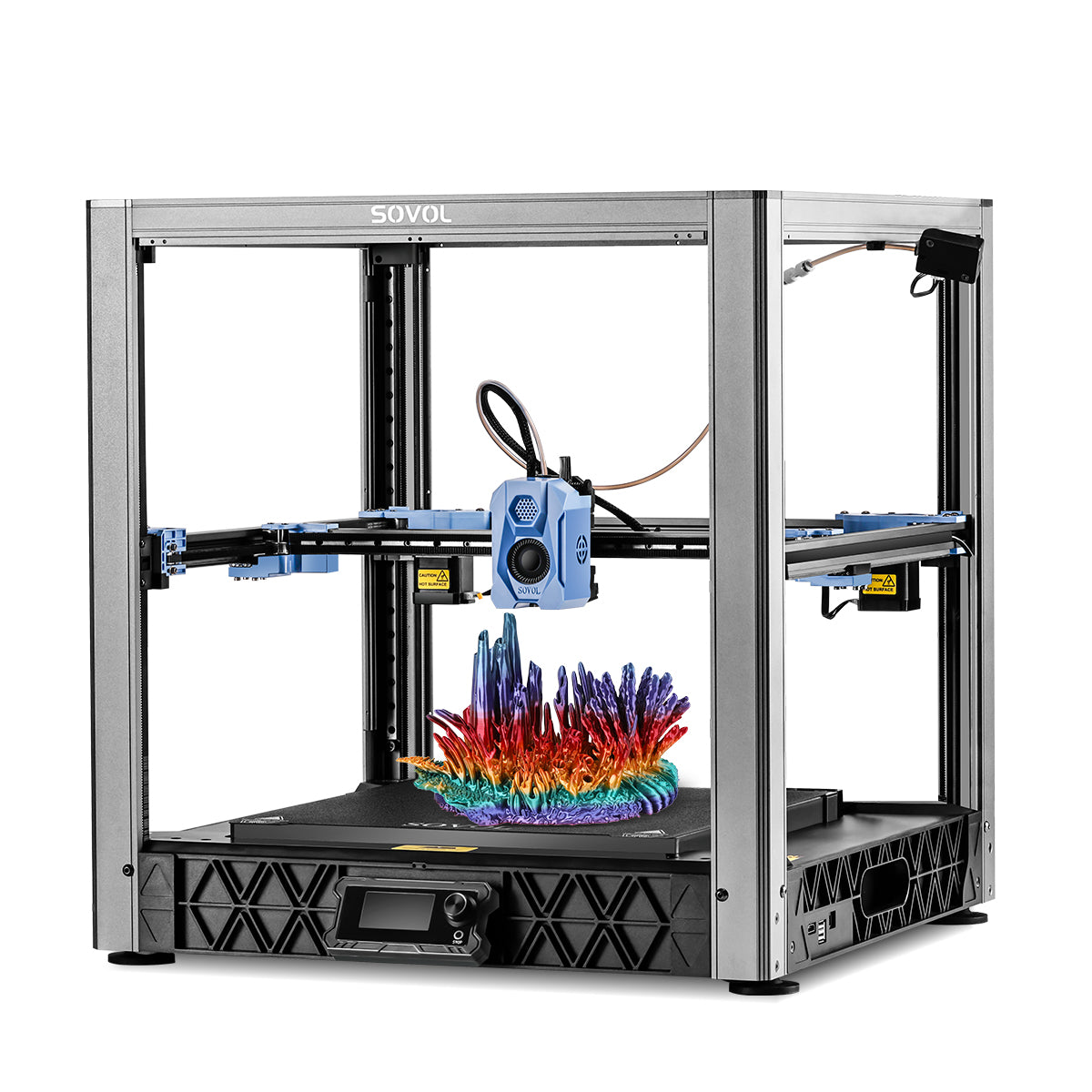
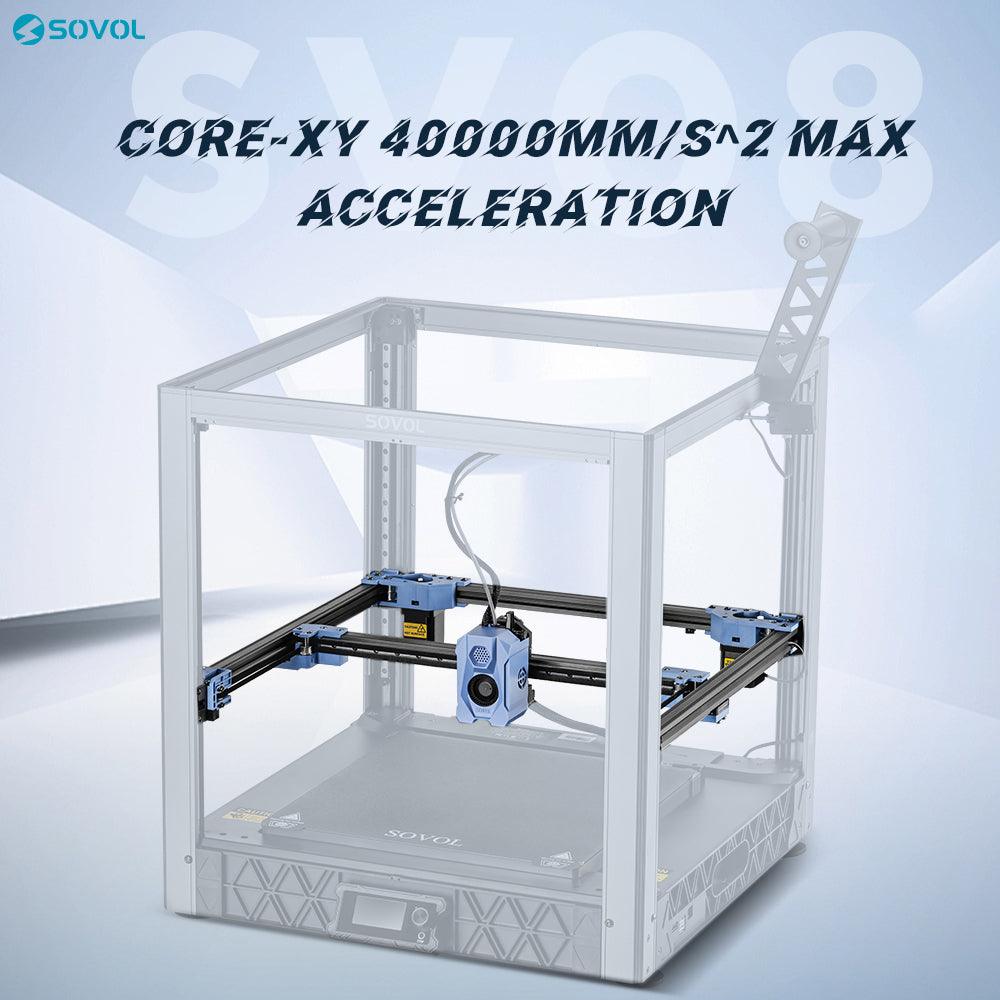
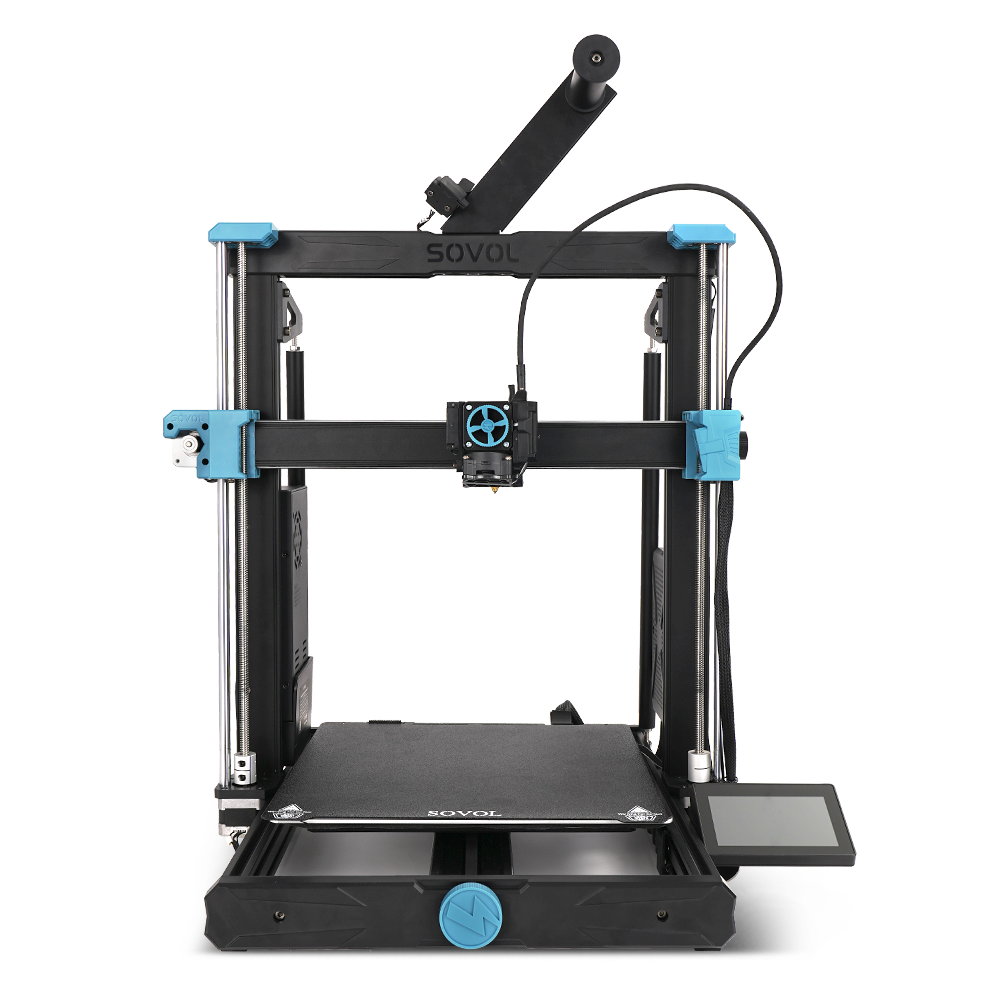
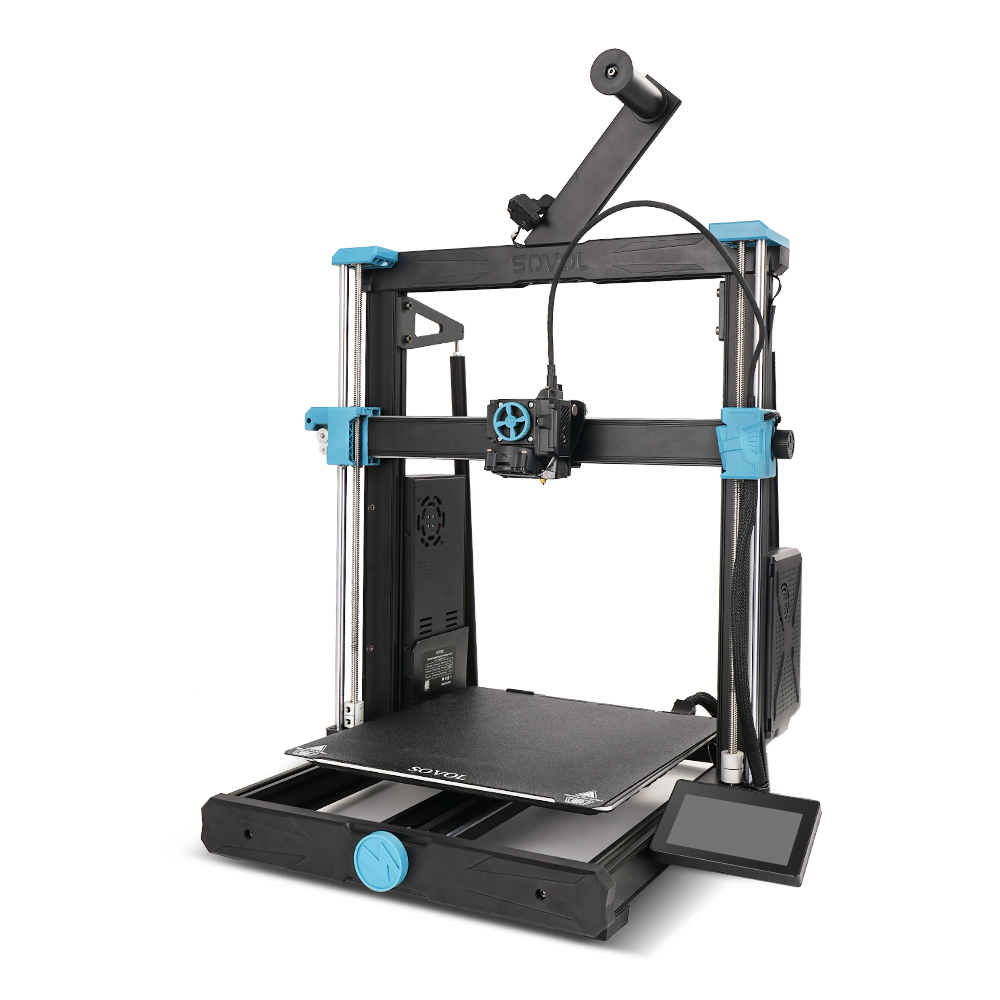
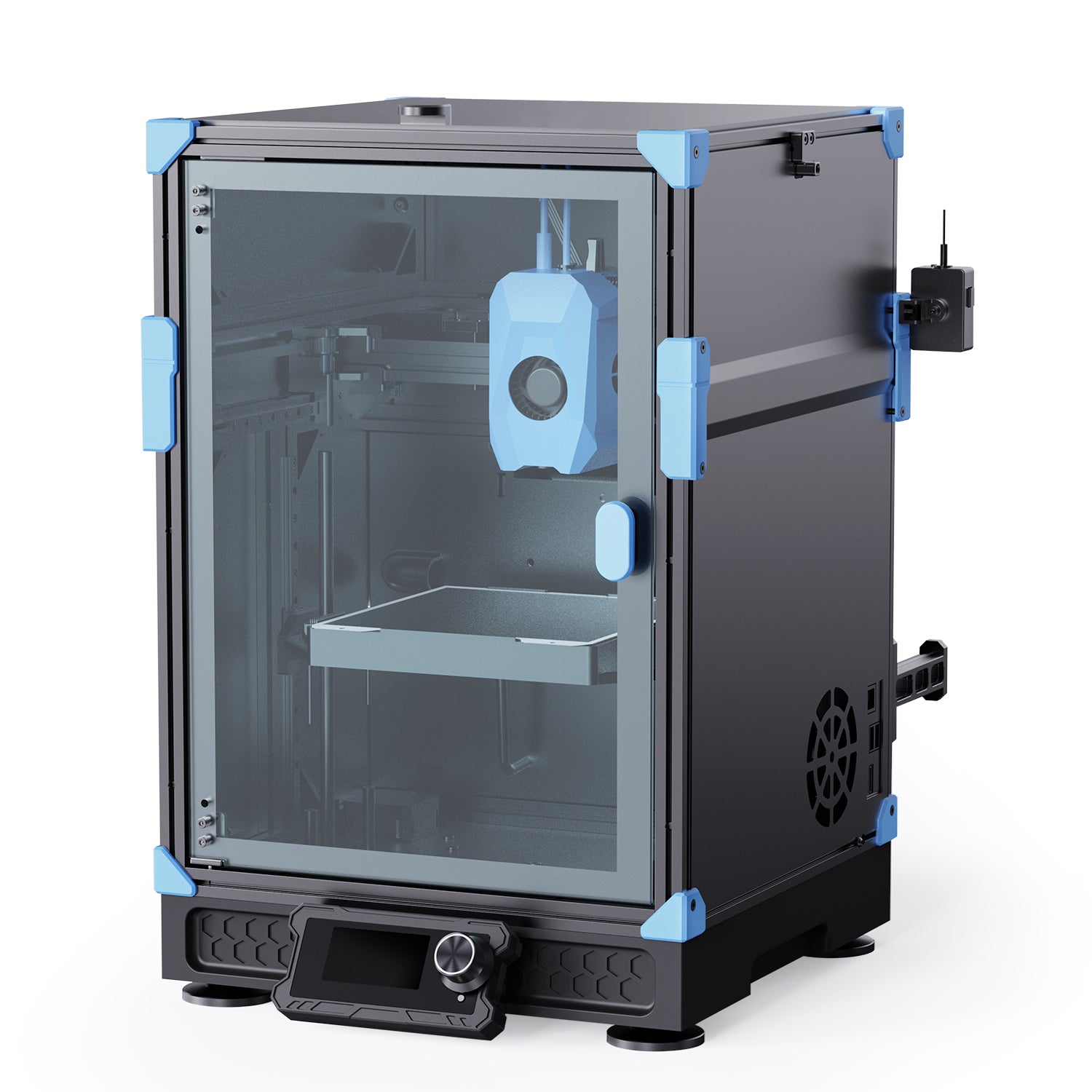
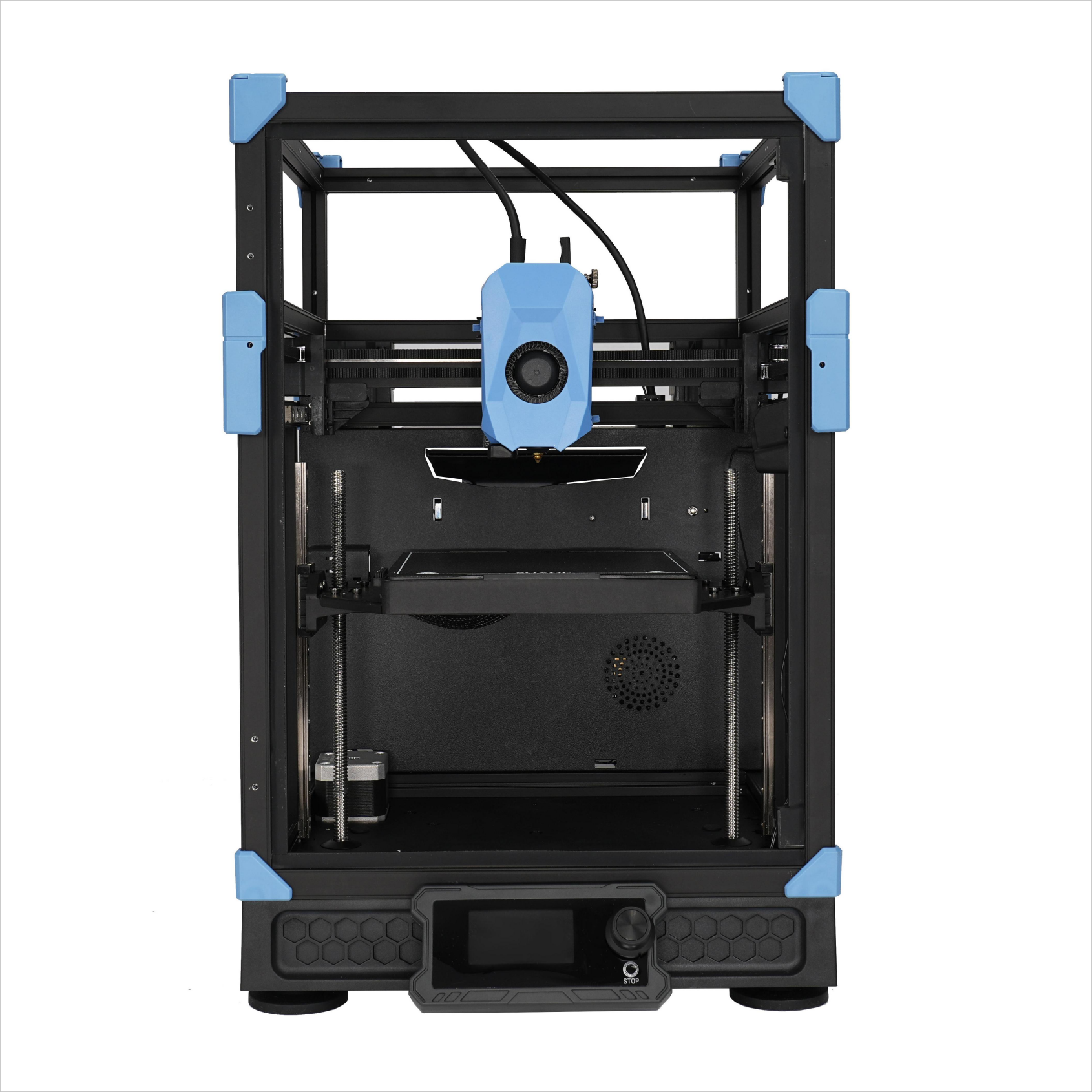
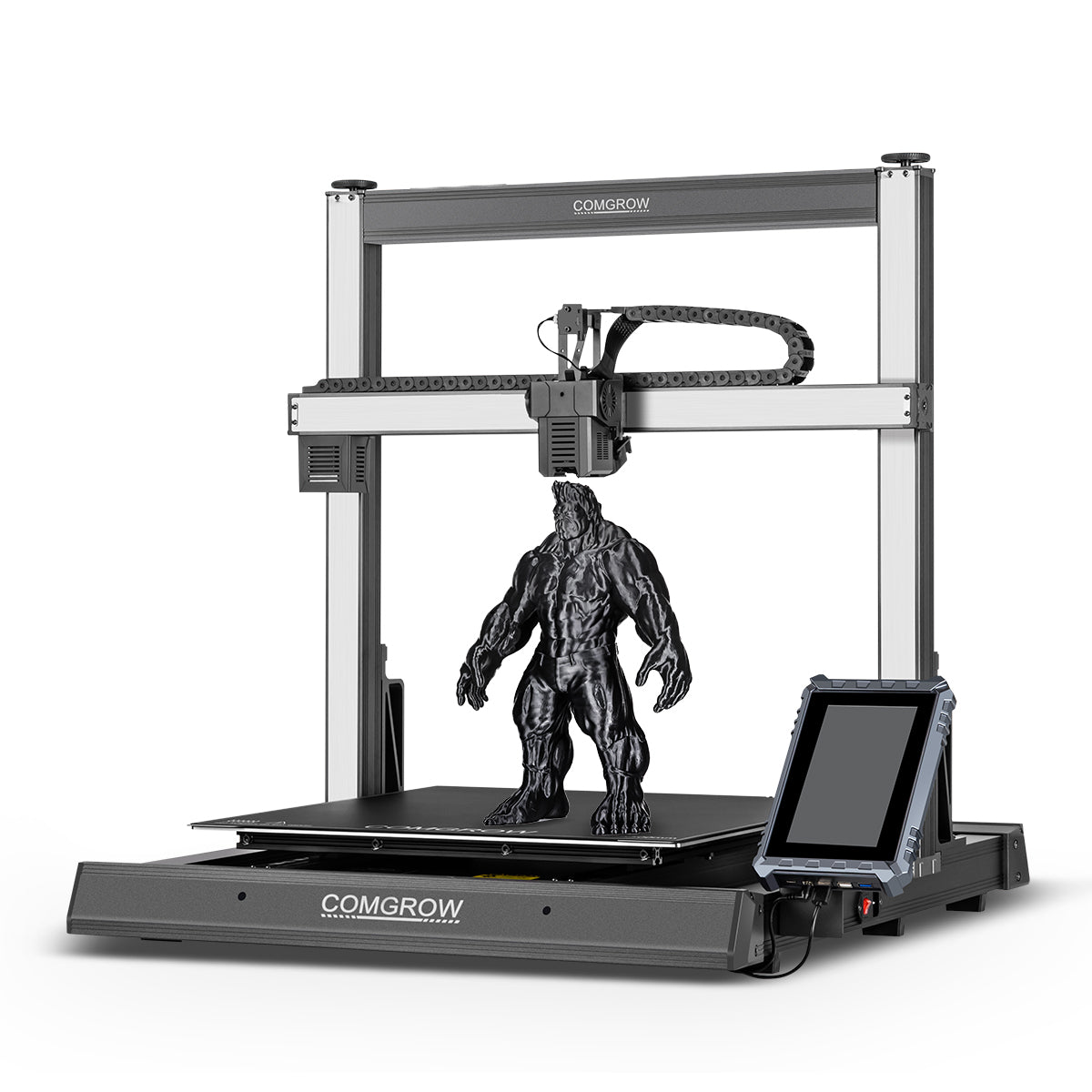
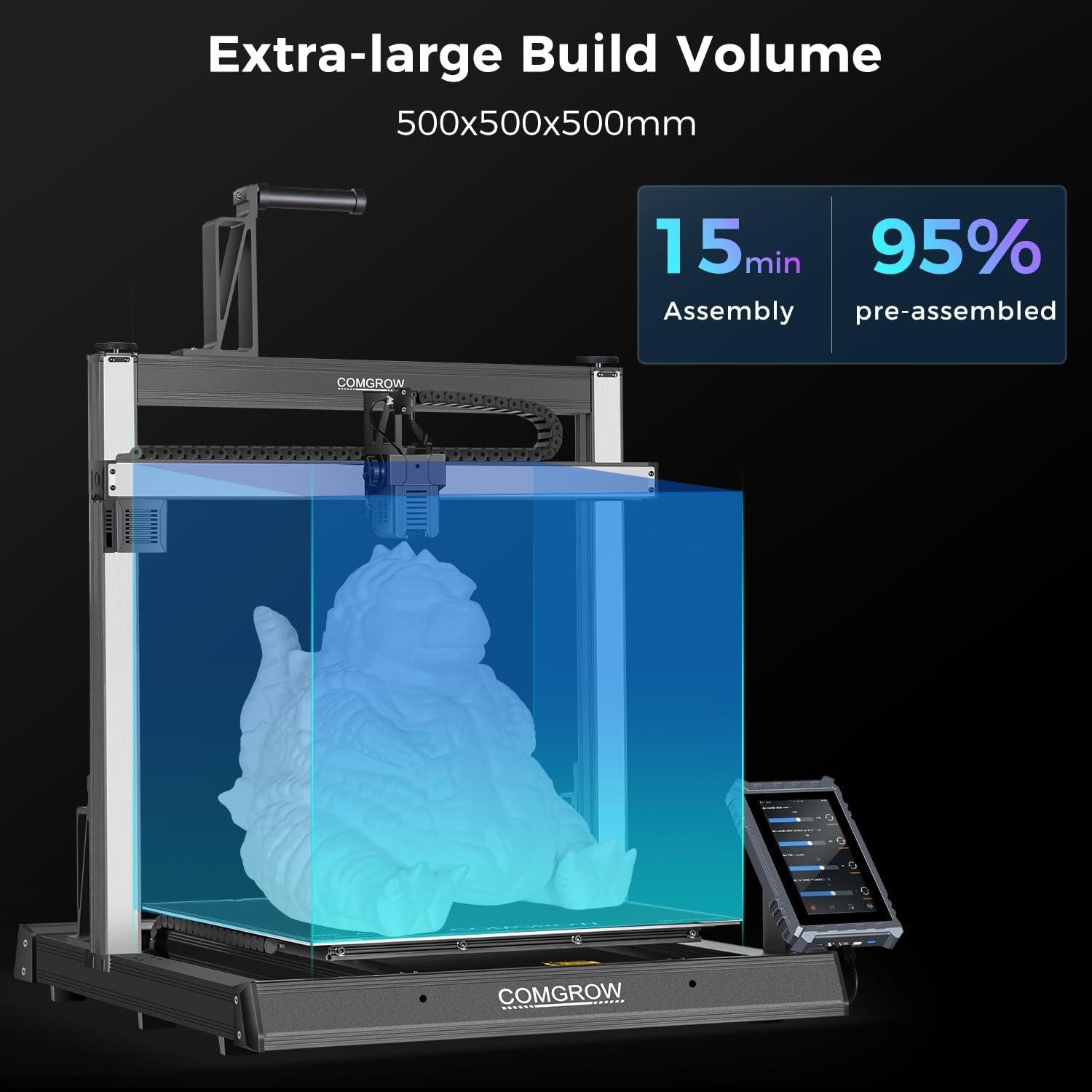
發表評論
在發布之前,所有評論都會進行調節。
此網站已受到 hCaptcha 保護,且適用 hCaptcha 隱私政策以及服務條款。